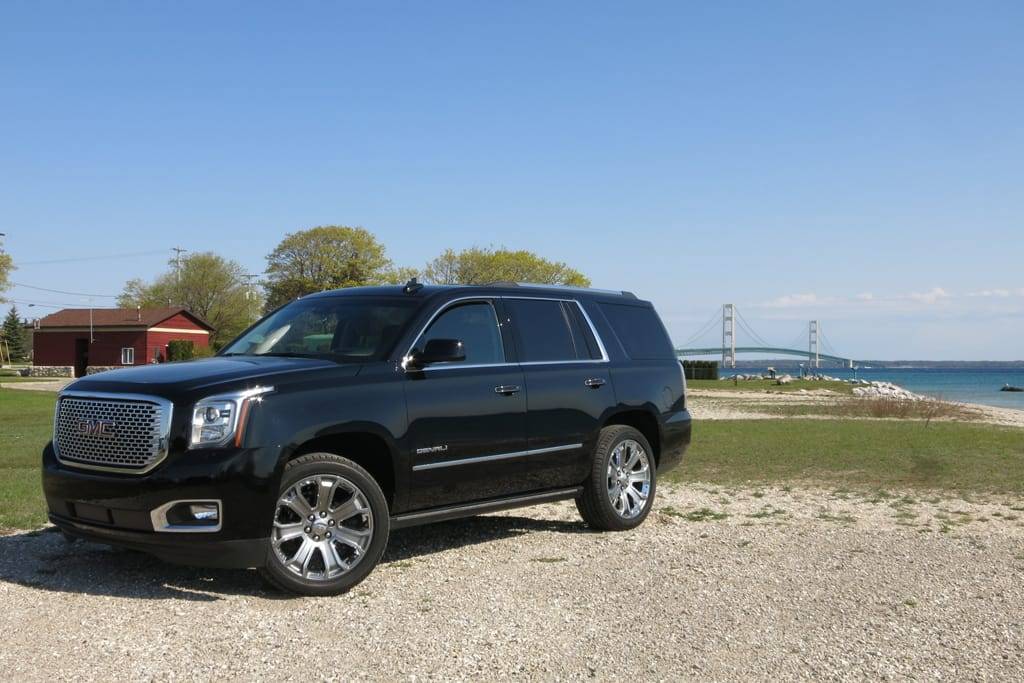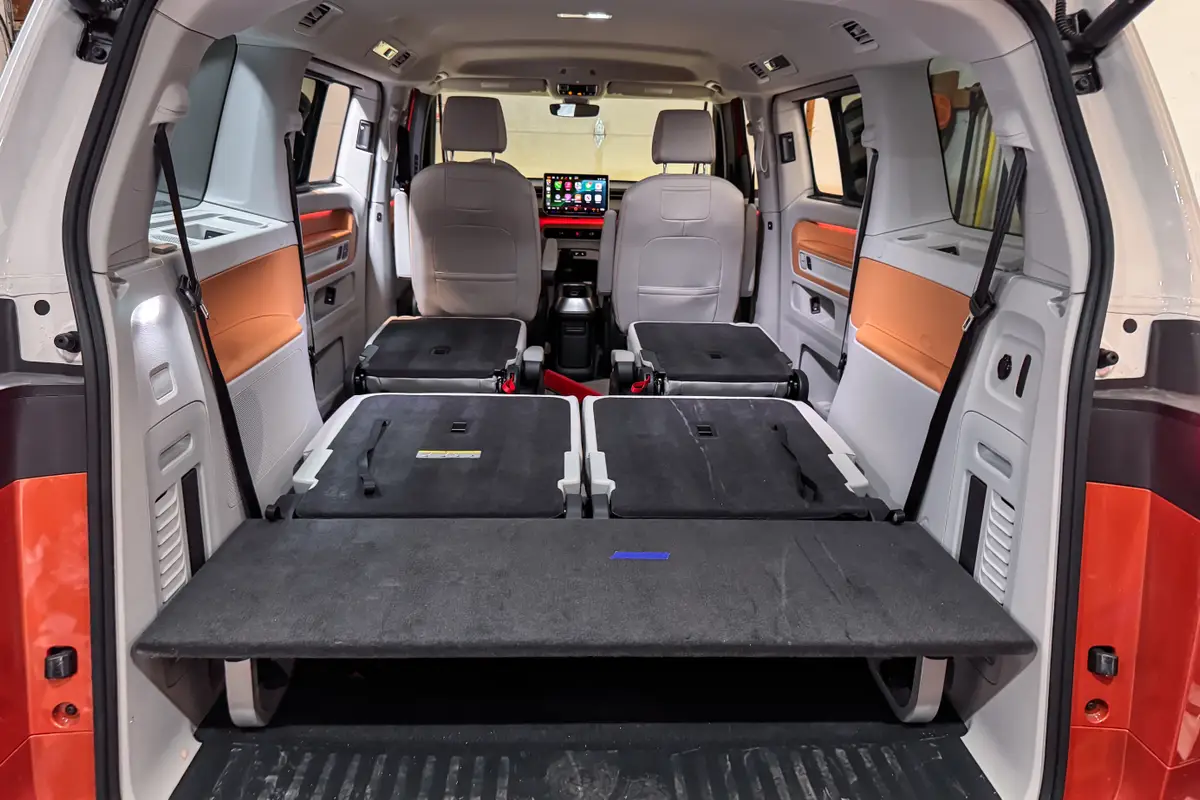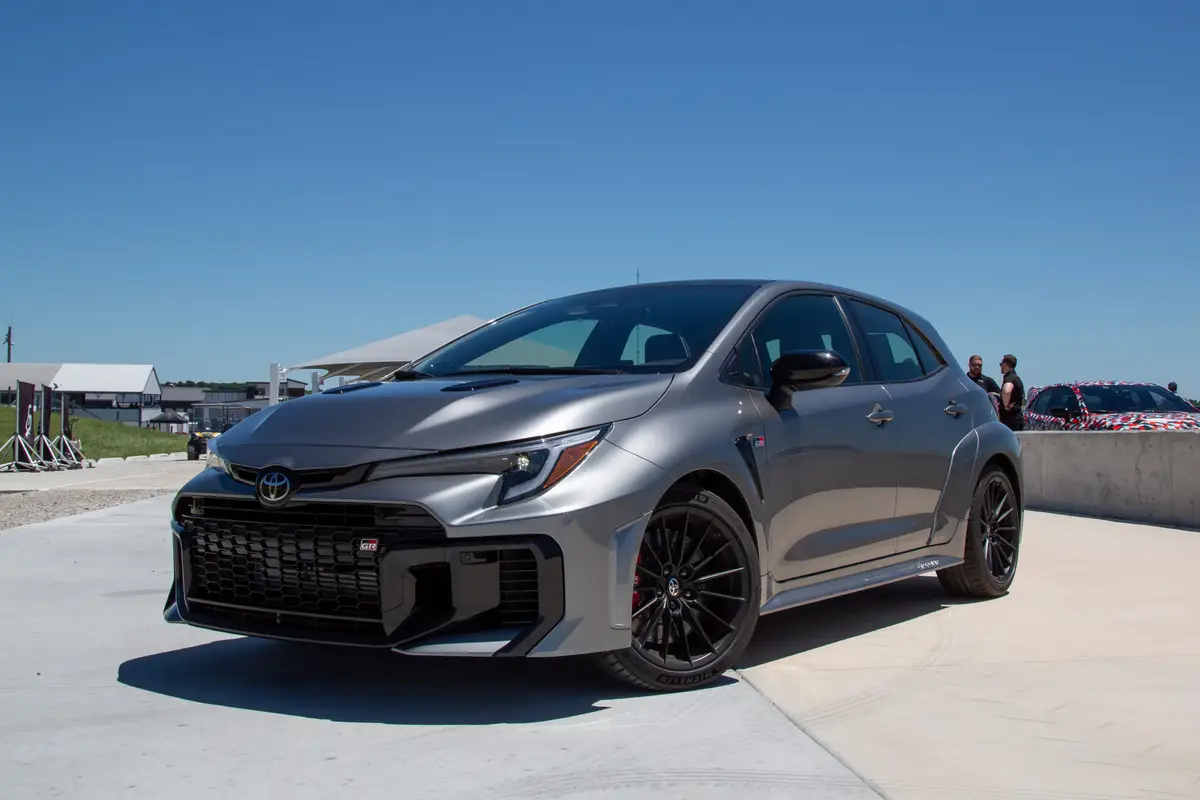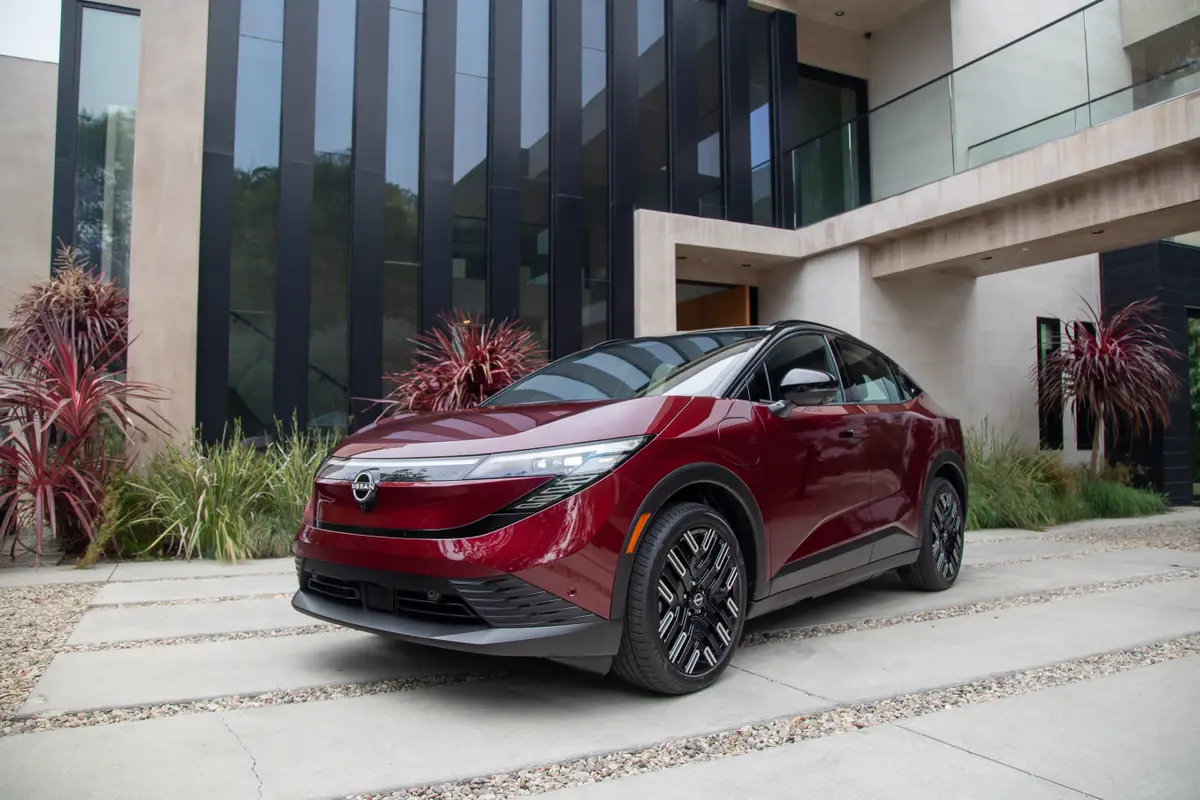2015 GMC Yukon Denali: Real-World Fuel Economy


“Gas is cheap, and there’s plenty of it!” is the mantra that essentially fueled the SUV craze of the 1990s and early 2000s, with buyers snapping up the truck-based behemoths regardless of an actual need to transport a basketball team or tow a boat. Sales plummeted in the late 2000s when fuel prices went through the roof, followed by the Great Recession, but now big SUVs are becoming popular again as gas prices remain reasonable and stable. General Motors’ latest full-size SUVs — the Chevrolet Tahoe and Suburban, GMC Yukon and Cadillac Escalade — are selling so well that the automaker is building the big trucks as fast as it can.
Related: Research More SUVs
Yet the latest examples of the breed aren’t like the trucks that were so popular 15 years ago. They’re much more advanced, with powertrains that feature more gears in the transmission and engines with cylinders that shut off when not needed.
The 2015 GMC Yukon Denali is a perfect example of the state-of-the-art full-size SUV. Just as big as ever, it features seating for up to eight and a robust 6.2-liter V-8 engine. The engine features an aggressive cylinder deactivation program, and it’s connected to General Motors’ brand-new eight-speed automatic transmission.
The Yukon’s EPA-rated fuel economy has improved by 3 mpg on the highway, and 2 mpg on average. The 2015 Yukon with four-wheel drive is rated at 15/21/17 mpg city/highway/combined, while the four-wheel-drive 2014 Yukon comes in at 13/18/15 mpg. That’s a significant bump.
We wanted to see if the Yukon could deliver on these improvements, so I drove one from Ann Arbor, Mich., north to Mackinaw City, which is on the tip of Michigan’s Lower Peninsula. The trip was made with two occupants and luggage, with the windows up and the climate control on so as not to disrupt the truck’s aerodynamics. Did you know that opening your windows on the highway eats more gas than using your air conditioning?
The trip north was a 296.6-mile journey, involving a fair amount of stop-and-go traffic thanks to the Memorial Day holiday migration. The Yukon used 16.56 gallons of gas, for an average fuel economy of 17.91 mpg (the onboard computer was a bit more optimistic, telling me that it had achieved 19.2 mpg). The return trip covered 290.1 miles through some formidable thunderstorms and consumed just 14.50 gallons of gasoline, for a calculated fuel economy of 20.02 mpg. The trip computer was more accurate here, displaying 20.2 mpg.
Getting 20 mpg from a massive truck traveling at speeds around 70 mph is no small potatoes; it’s an impressive result, especially given the Denali trim’s comfort, quietness and luxury trimmings. With the Yukon’s 26-gallon gas tank, that kind of mileage can provide a range of more than 500 miles.

Detroit Bureau Chief Aaron Bragman has had over 25 years of experience in the auto industry as a journalist, analyst, purchasing agent and program manager. Bragman grew up around his father’s classic Triumph sports cars (which were all sold and gone when he turned 16, much to his frustration) and comes from a Detroit family where cars put food on tables as much as smiles on faces. Today, he’s a member of the Automotive Press Association and the Midwest Automotive Media Association. His pronouns are he/him, but his adjectives are fat/sassy.
Featured stories




